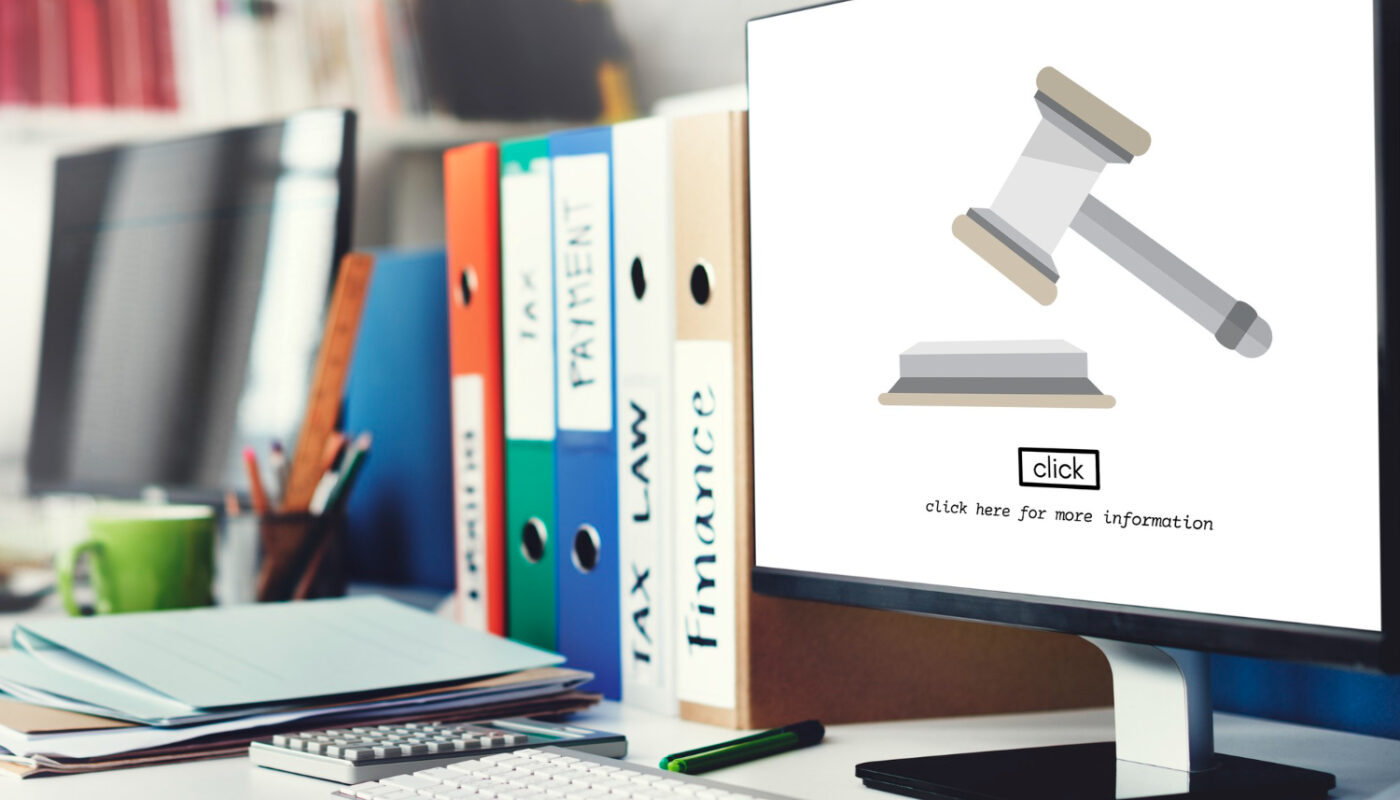Introduction to Employment Law Compliance
Every business, whether a small startup or a large corporation, must operate within the legal boundaries defined by employment law compliance. These laws are designed to protect both employees and employers, ensuring a fair, safe, and respectful working environment.
Employment law compliance refers to a company’s adherence to all applicable employment-related laws and regulations. Failure to comply can result in severe penalties, lawsuits, and reputational damage. This comprehensive guide provides insights into the key components of employment law and how your business can stay compliant in a constantly evolving legal landscape.
Why Employment Law Compliance Matters
Complying with employment laws is not just about avoiding lawsuits—it’s about building a strong, ethical, and sustainable business. Employment law compliance benefits your organization in several ways:
-
Reduces legal risks: Compliance decreases the likelihood of lawsuits and fines.
-
Enhances employee trust and satisfaction: Fair labor practices promote a positive workplace culture.
-
Supports long-term business success: Ethical practices can attract investors and top talent.
-
Improves brand reputation: Companies known for lawful and fair employment practices are viewed more favorably by the public.
Understanding Employment Law Compliance Requirements
Key Areas of Employment Law Compliance
Employment law encompasses various regulations that affect every aspect of the employment relationship. Here are the primary areas your business must address:
Hiring and Onboarding
Employment law compliance begins at the hiring stage. Employers must avoid discrimination and follow guidelines established by:
-
Title VII of the Civil Rights Act
-
The Age Discrimination in Employment Act (ADEA)
Ensure that your job postings, interview questions, and selection processes comply with these laws to prevent discriminatory practices.
Wage and Hour Laws
One of the most scrutinized areas in involves wage and hour standards, regulated primarily by the Fair Labor Standards Act (FLSA). Employers must ensure:
-
Employees receive at least the federal or state minimum wage.
-
Overtime is paid correctly (usually time and a half for over 40 hours/week).
-
Accurate records of hours worked are maintained.
Failure to comply can lead to back pay liabilities, fines, and even class action lawsuits.
Employee Classification
Improper classification of employees as independent contractors can lead to severe penalties. It’s crucial to:
-
Understand the IRS and Department of Labor (DOL) guidelines.
-
Use clear criteria to differentiate between employees and contractors.
-
Reassess classifications regularly to remain compliant.
Workplace Safety
The Occupational Safety and Health Administration (OSHA) requires employers to provide a safe workplace.
-
Training employees on safety protocols.
-
Reporting and documenting workplace injuries.
-
Maintaining safety records and performing regular risk assessments.
Anti-Harassment and Anti-Discrimination Policies
Federal and state laws prohibit workplace harassment and discrimination based on race, gender, religion, age, and other protected categories. Employers must:
-
Have clear anti-harassment policies.
-
Provide training sessions.
-
Offer channels for employees to report issues without retaliation.
Family and Medical Leave
The Family and Medical Leave Act (FMLA) entitles eligible employees to unpaid, job-protected leave for specified family and medical reasons. Compliance requires:
-
Proper documentation.
-
Understanding eligibility criteria.
-
Ensuring job protection during the leave.
Employment Law Compliance and Employee Handbooks
Employee handbooks are critical tools for ensuring employment law compliance. They outline expectations, procedures, and legal obligations in a clear, accessible format. An effective handbook should include:
-
Workplace policies (attendance, dress code, etc.)
-
Harassment and discrimination policies
-
Disciplinary procedures
-
Health and safety guidelines
-
Wage and benefit policies
Having employees sign an acknowledgment form strengthens your legal defense in case of disputes.
Training for Employment Law Compliance
Regular training is essential for keeping your team updated on legal requirements. Employers should offer training for:
-
Managers and HR professionals on labor laws and compliance
-
All staff on anti-harassment and discrimination
-
Workplace safety and health regulations
Consider implementing both in-person and online training modules for convenience and consistency.
Employment Law Compliance Audits
Conducting an Employment Law Compliance Audit
A compliance audit is a thorough review of your company’s policies, procedures, and records to identify potential legal risks. Here’s how to conduct one:
Step 1 – Review Current Policies
Start by evaluating existing policies and procedures to ensure they reflect the latest legal requirements. Compare them with federal, state, and local employment laws.
Step 2 – Analyze Employee Records
Ensure that all employee files are complete and accurate. This includes:
-
I-9 verification forms
-
Employment contracts
-
Wage and hour records
Step 3 – Interview Key Personnel
Speak with HR, management, and a sample of employees to understand how policies are applied in practice. This helps identify gaps between written policies and actual practices.
Step 4 – Document Findings and Implement Changes
After identifying deficiencies, update your policies and provide training. Document your audit process as proof of proactive compliance efforts.
Employment Law Compliance Across Jurisdictions
Federal vs. State Employment Law Compliance
Employment laws vary between federal and state jurisdictions. In some cases, state laws offer greater protections than federal ones. For example:
-
Minimum wage: States like California have higher minimum wages than the federal level.
-
Leave laws: Some states offer paid family leave, while federal FMLA is unpaid.
-
Non-compete agreements: These are banned or limited in states like California and Washington.
Businesses must track these variations to ensure employment law compliance in every location they operate.
Employment Law Compliance in Remote Work Environments
With the rise of remote work, businesses face new compliance challenges:
-
Workplace safety: Employers may still be liable for injuries that occur in home offices.
-
Time tracking: Remote employees must log hours accurately to comply with wage and hour laws.
-
Out-of-state employees: Employers must follow the employment laws of the employee’s work location, not just the company’s home state.
The Role of HR in Employment Law Compliance
Human Resources plays a central role in ensuring your business meets its compliance obligations. HR departments should:
-
Monitor changes in employment law.
-
Update internal policies and employee communications.
-
Handle compliance-related training and audits.
-
Investigate employee complaints fairly and thoroughly.
Technology and Employment Law Compliance
Several tools and software platforms can help automate and track compliance tasks, including:
-
HRIS (Human Resource Information Systems): Centralizes employee data and compliance reporting.
-
Time-tracking tools: Ensure accurate records for wage and hour compliance.
-
e-Learning platforms: Deliver compliance training across large teams.
Using these tools not only improves accuracy but also demonstrates good faith efforts to comply with regulations.
Penalties for Non-Compliance
Failing to maintain employment law compliance can be costly. Potential penalties include:
-
Fines and penalties from government agencies
-
Lawsuits for wrongful termination, harassment, or discrimination
-
Back pay and damages for wage violations
-
Reputational damage that affects hiring and customer trust
Proactive compliance is always more cost-effective than reactive legal defense.
Employment Law Compliance Checklist
Here’s a quick checklist to help your business stay compliant:
✅ Keep employee classification updated
✅ Display required labor law posters
✅ Maintain accurate wage and hour records
✅ Conduct regular training sessions
✅ Update employee handbooks annually
✅ Stay informed on legal changes
✅ Perform periodic compliance audits
✅ Offer compliant benefits and leave policies
✅ Ensure fair hiring and termination practices
✅ Document disciplinary actions and employee issues
Future Trends in Employment Law Compliance
Preparing for Emerging Compliance Challenges
Employment law is dynamic, with new regulations constantly emerging. Future areas to watch include:
Pay Transparency Laws
Several states are enacting laws requiring employers to disclose salary ranges in job postings. Businesses must:
-
Adjust recruitment strategies
-
Conduct internal pay audits
-
Ensure transparency without risking privacy violations
AI in Recruitment and Hiring
Using AI in hiring introduces new compliance concerns, especially around bias and discrimination. Employers must:
-
Audit algorithms for fairness
-
Maintain human oversight in hiring decisions
-
Disclose use of AI to applicants
Employee Data Privacy
With the adoption of laws like the California Consumer Privacy Act (CCPA), businesses must:
-
Secure employee data
-
Notify employees of data use
-
Provide opt-out options where applicable
You can also read: 5 Essential Legal Tips for Tech Startups – Protect Your Innovation
Conclusion: Achieving Employment Law Compliance
Employment law compliance is a complex but critical responsibility for every business. It affects everything from hiring and wages to workplace safety and employee termination. By proactively developing policies, providing training, conducting audits, and using modern tools, your business can avoid legal risks and foster a healthy work environment.
Staying compliant isn’t a one-time task—it’s an ongoing process that evolves with new laws and workplace trends. Make a cornerstone of your HR strategy to protect your business and empower your employees.




